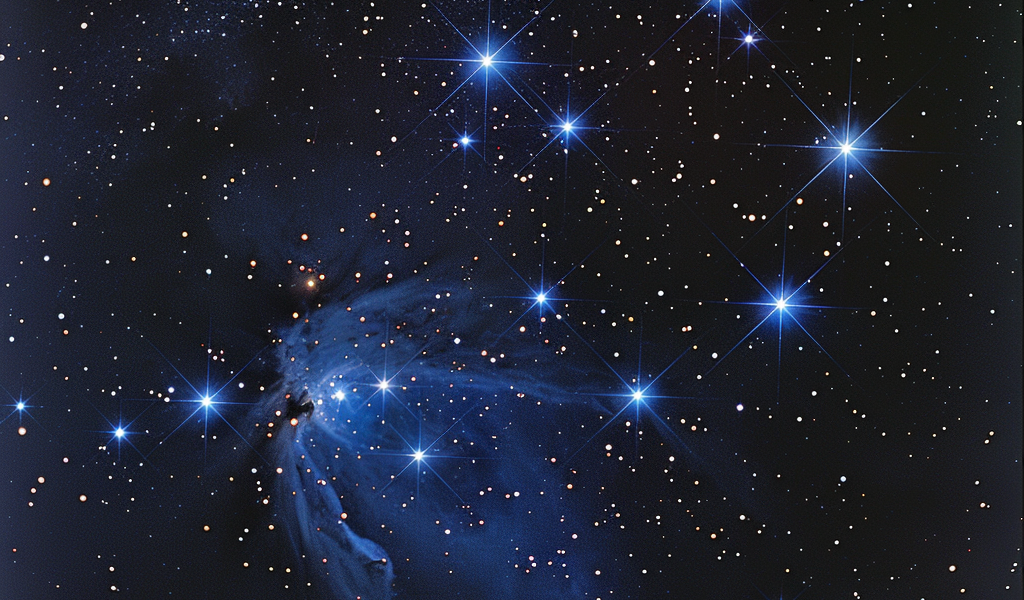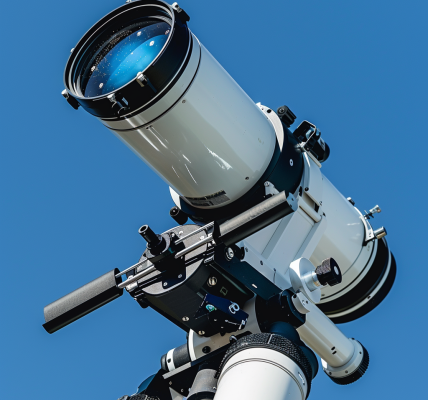Exploring the Mysteries of Alkaid: The Big Dipper’s Handle
As we gaze up at the night sky, the stars twinkle and shine, each holding its own unique story and characteristics. Among these celestial wonders is Alkaid, also known as Eta Ursae Majoris, a captivating B-type star located in the constellation Ursa Major.
With an apparent magnitude of 1.86 and situated approximately 104 light-years away from Earth, Alkaid stands out with its blue hue, boasting a mass of 6.1 times that of our Sun and a radius 2.9 times larger than the Sun’s.
For those new to astronomy, the notion that the Sun is an average star may come as a surprise. While the Sun belongs to the main sequence category of stars, where hydrogen fusion is the norm, it is dwarfed by the sheer size of other luminaries like Betelgeuse, Deneb, and Aldebaran. These massive stars make our Sun appear diminutive in comparison.
Stars are classified based on their spectral type, which reveals crucial information about their temperature, size, and behavior. In this context, Alkaid, as a B-type star, represents a unique specimen in the cosmic tapestry. Situated at the end of the Big Dipper’s handle, Alkaid’s brilliance and characteristics set it apart from its stellar companions.
Comparing Alkaid to our Sun, which belongs to the G class of main-sequence stars, we can appreciate the diversity and complexity of the stellar population. While the Sun may seem average in its fusion processes, stars like Alkaid offer a glimpse into the vast array of stellar types that populate our universe.
As we continue to explore the wonders of the night sky, Alkaid serves as a reminder of the diversity and beauty that exist beyond our own solar system. Its radiance and unique properties invite us to delve deeper into the mysteries of the cosmos, sparking curiosity and awe in all who gaze upon its celestial glow.





